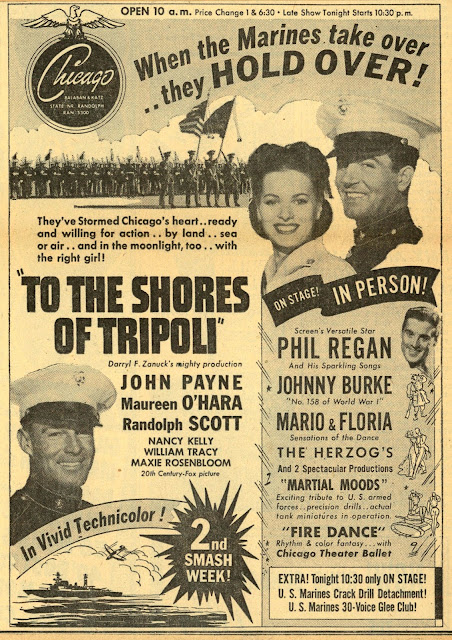A Valentino Dug Up
Beyond The Rocks (1922) Found Under Euro Rock
 |
| Illicit Lovers Behind, Husband In Front (at Right) --- A Given In Anything By Glyn |
 |
| A Ceremonial Sword For Madame Glyn --- She'd Wield It Right Through The Silent Era |
 |
| Period Poofery a Must For Rudy, Even If It's Only a Flashback Sequence |
The era was rife at folks marrying unwisely, only to have a right partner come along post-vows. Here it’s Gloria selling soul and body to a rich old “duffer” (so-called by titles) who you can’t imagine taking her abed. Along comes Rudy, twice to rescue from death, first drowning, then falling off a mountain. How else could Gloria show gratitude? Except she doesn’t, idea (hers) that they must rise above their mutual desire to do the “right thing,” movie shorthand for self-denial. Is this what we wanted in 1922, or were viewers more of a mind to see Rudy and Gloria throw caution to winds? Noted today, and maybe then, is fact he wears clothes better than she. Valentino was true sartorial resplendence. That’s one of big reasons he clicked. Plus the way Rudy moved in clothes. American men were bums beside him, ongoing basis for hating the hapless guy. Valentino was too often an onscreen object to gaze at, he and comptroller Natasha (the wife) scoffing at parts that would mirror the way his fans wanted their star. Few lead men went so against the grain of public preference as Rudy.
 |
| Many a Furtive and Longing Glance Exchanged in Beyond The Rocks. Here is One. |
Some of Beyond The Rocks nitrate is eaten away. Infest begins in a couple of scenes and then get worse before relenting. It’s spooky to see already distant-from-us Rudy struggling against rot in the very frame that confines him. Makes me think of fate that stood in wings, but not much longer, for Valentino himself. What a contrast between he and Swanson. She'd last a seeming forever, even unto The Beverly Hillbillies and an Airport movie, while Rudy would fade before films could capture his voice. To be a real legend too often means dying young. If Beyond The Rocks had been just a rediscovered Gloria Swanson vehicle (there are plenty of those missing), there would have been considerable less interest. Valentino is the elixir here, Beyond The Rocks closing us in on nearly full account of his starring vehicles. What’s left to find --- A Sainted Devil, all of The Young Rajah, a few left of the early ones? I recall the Portal Publications poster repro of A Sainted Devil, bought for a dollar and hung in my boy room. Will I be around long enough to see that one rescued and restored?

















































